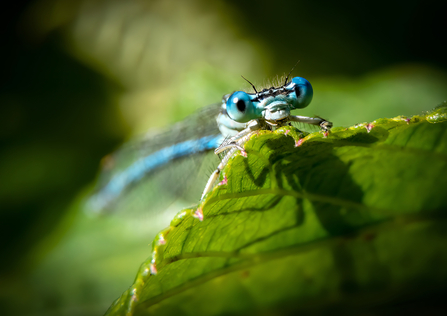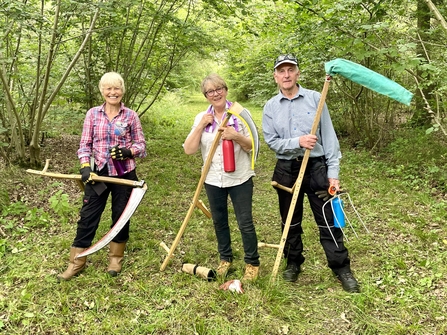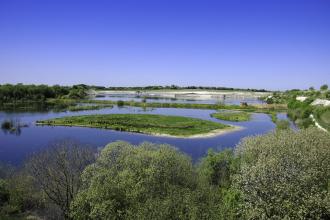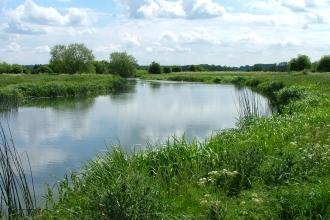August is a dynamic month in the woods for woodland workers and wildlife alike. Spells of dry, warm weather have let tractors crack on with the ride mowing. Once a year, the middle of the rides and sections along the woodland edge are cut. Thus, access for walkers is maintained, dominant plants and shrubs are kept in check, and the resulting open suntrap creates habitat diversity.
Dragonflies and damselflies are the stars of the show right now and many species are to be found in Finemere Wood. I recently joined a guided walk around the reserve with Peter Philp from the Upper Thames Branch of Butterfly Conservation and saw things I would never spot on my own.





